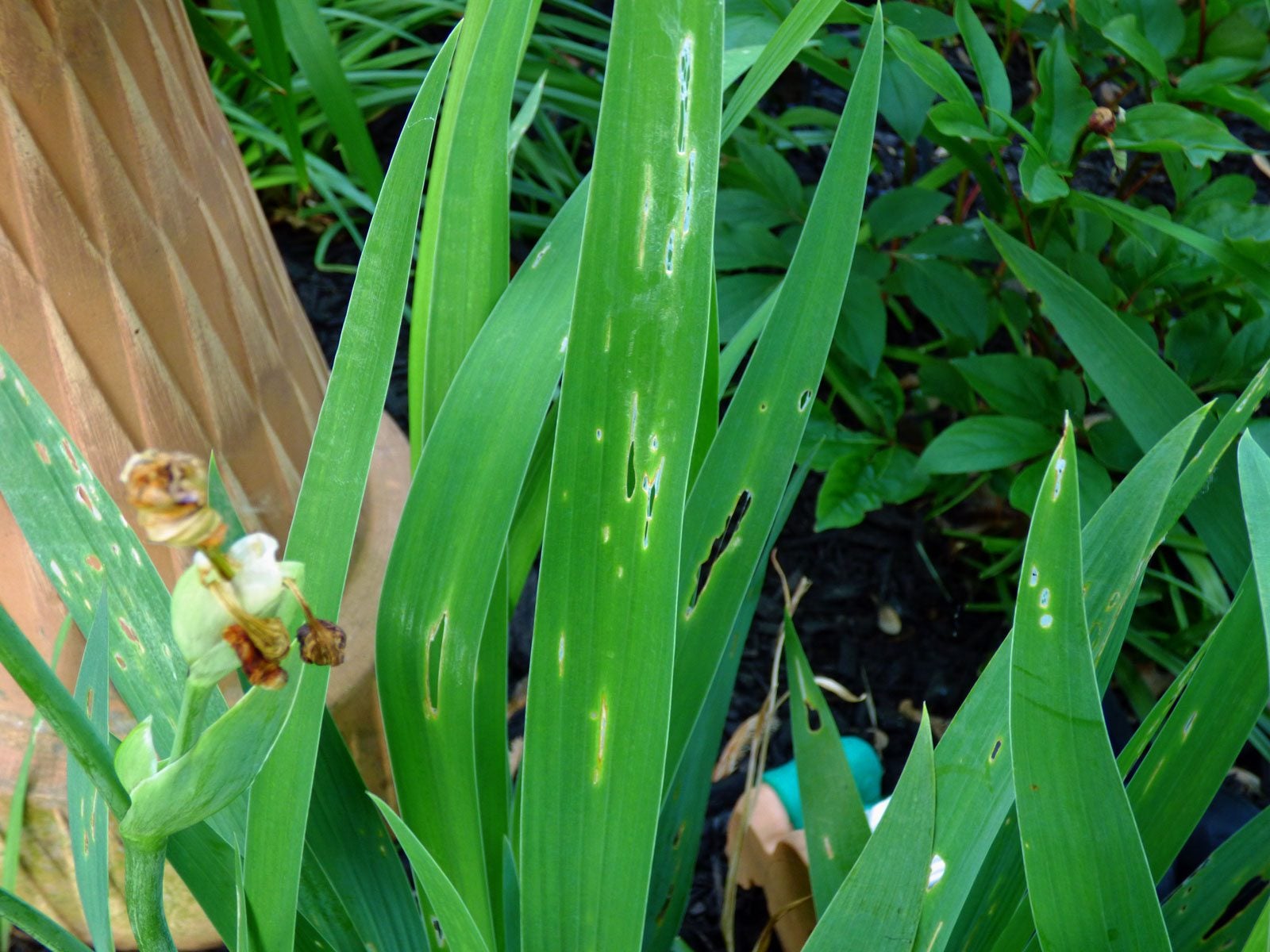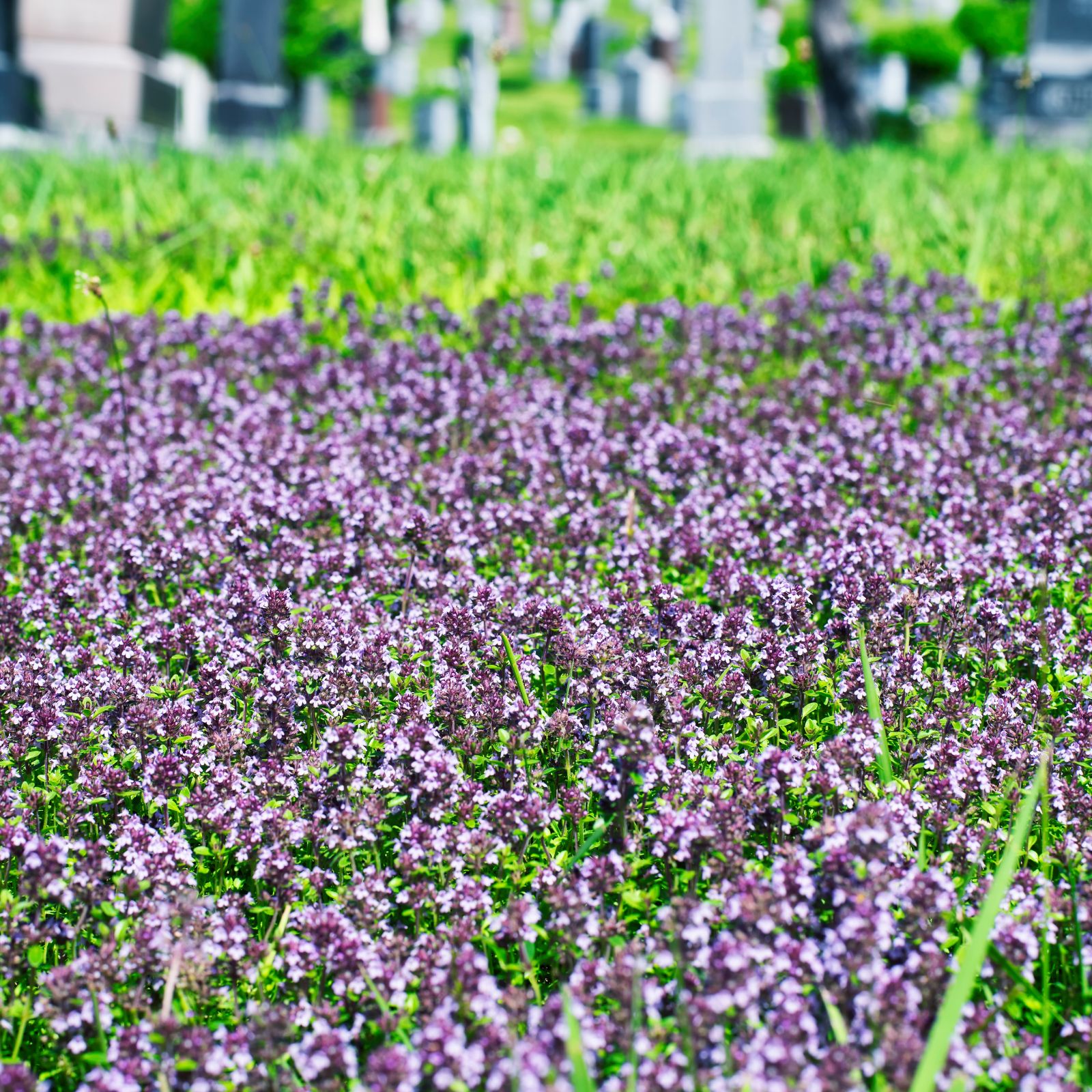Learn About Iris Leaf Spot


Iris leaf spot is the most common disease affecting iris plants. Controlling this iris leaf disease involves specific cultural management practices that reduce the production and spread of spores. Wet, humid-like conditions make the ideal environment for fungal leaf spot. Iris plants and the surrounding area can be treated, however, to make conditions less favorable for the fungus.
Iris Leaf Disease
One of the most common diseases affecting irises is fungal leaf spot. Iris leaves develop small brown spots. These spots can enlarge quite quickly, turning gray and developing reddish brown edges. Eventually, the leaves will die. Moist, humid conditions are favorable for this fungal infection. Leaf spotting is most common during wet conditions, as rain or water splashed on the leaves can spread the spores. While infection of iris leaf spot generally targets the leaves, it will occasionally affect the stems and buds as well. If left untreated, the weakened plants and underground rhizomes may die.
Treatment for Iris Plant Fungal Leaf Spot
Since the fungus can overwinter in infected plant material, removing and destroying all diseased foliage in the fall is recommended. This should significantly reduce the number of surviving spores come spring. Fungicide application may also help following the removal of infected plant material. Severe infections may require at least four to six fungicide spray treatments. They can be applied in spring to new plants once they reach about 6 inches (15 cm.) high, repeating every seven to ten days. Adding ¼ teaspoon (1 ml.) of dishwashing liquid per gallon (4 L.) of spray should help the fungicide stick to the iris leaves. Also, keep in mind that contact fungicides easily wash off in rain. Systemic types, however, should remain active for at least a week or two before reapplying.
Gardening tips, videos, info and more delivered right to your inbox!
Sign up for the Gardening Know How newsletter today and receive a free copy of our e-book "How to Grow Delicious Tomatoes".

Nikki Tilley has been gardening for nearly three decades. The former Senior Editor and Archivist of Gardening Know How, Nikki has also authored six gardening books.
-
 12 Lush Alternatives To A Lawn For Sustainable Spaces
12 Lush Alternatives To A Lawn For Sustainable SpacesAlternatives to a lawn are beautiful and also beneficial to your local ecosystem and its pollinators. Explore our top picks for plants to replace grass.
By Tonya Barnett
-
 Types Of Tomatoes Explained: Explore The Many Wonderful Shapes, Colors, Flavors, & Best Uses
Types Of Tomatoes Explained: Explore The Many Wonderful Shapes, Colors, Flavors, & Best UsesThe world of tomato varieties is vast and fascinating. Learn about the key types to grow in your garden, tailored to your preferences and space.
By Amy Grant